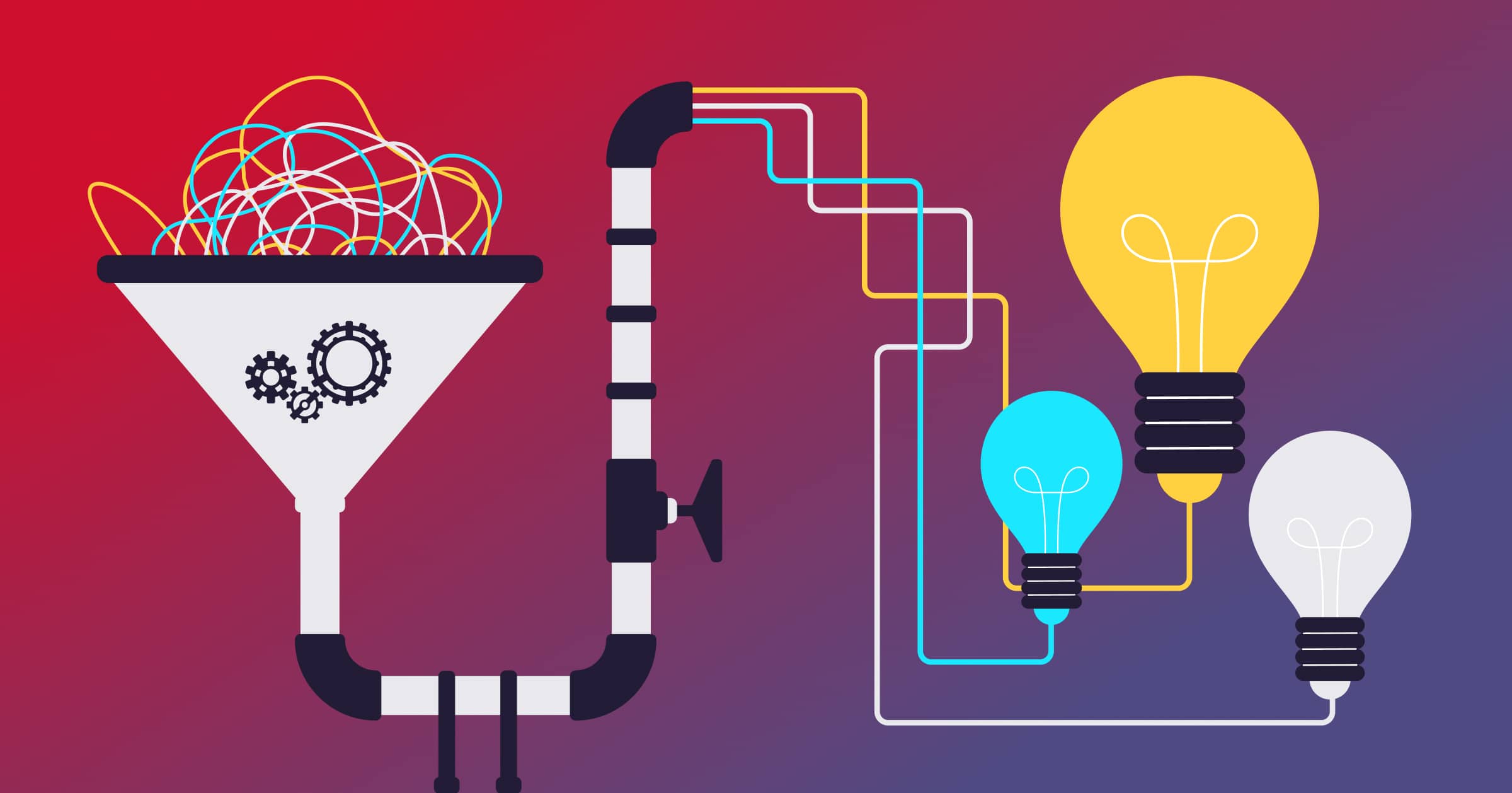A/B testing is an essential part of any email marketer’s repertoire.
Not only does it increase conversion rates by 49%, but it also serves as your marketing consultant, revealing how customers react to certain messaging, offers, call-to-actions, and other elements.
If you’re thinking about reaping the rewards of A/B testing, there’s a few things you should know.
1. Focus on the most important elements

When A/B testing, you need to focus your efforts on the elements that will drive the biggest boosts to your email performance.
For instance, testing your subject line would impact your open rates, which is a key metric you should be fighting to improve.
You should also A/B test your call-to-action (CTA) as that’s going to impact your click rate.
You could also test your headlines and hero images, as those are eye-catching elements that influence a user’s engagement with your email.
Don’t worry about A/B testing smaller elements like body copy or images, focus on the changes that will see the best results.
2. Test one thing at a time

We know you’re excited to get your A/B testing on but remember that you should only be testing one element at a time.
So if you’re running an A/B test on two different headlines, don’t also try to run one with two images at the same time.
The whole point of an A/B test is to test the effectiveness of two options. If you’re testing two different elements (like a headline and an image) then the results will be unclear.
You won’t know whether the headline or the image caused one email to receive more clicks than the other.
3. Understand what you’re testing for

What metric are you trying to improve with this A/B test?
It could be your open rate, reply rate, or click rate, but you need to understand the strategic driver behind the A/B test before you start.
That way, you can effectively measure the success of the A/B test, and the insights you’ll use to inform further tests.
Once you’ve amassed enough test data, you’ll be able to list the elements and changes that consistently cause an uptick in performance for each rate.
4. It’s also about timing

Your A/B tests don’t have to pit two headlines or subject lines against each other.
You could also test the timing of your sends, blasting out emails at different times of day or on different days of the week.
This will allow you to gauge when your audience is most receptive to your emails, and adjust your strategy accordingly.
5. Don’t overlook your automated emails

Most email marketers already conduct A/B testing on their big email blasts, but they fail to do the same for their automated or transactional emails.
Litmus found that more than 65% of brands never or rarely A/B test their automated emails and 74% never or rarely A/B test their transactional emails.
While these emails may be seen as just set it and forget it programs, that doesn’t mean you can’t improve the results you see.
For 13% of brands, these emails make up the majority of their email marketing revenue, so don’t miss out on this opportunity to boost your results.
If you’re interested in learning more about how to improve your email marketing performance, schedule your personalized demo now.



